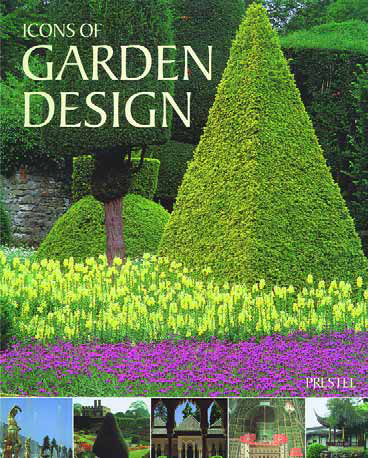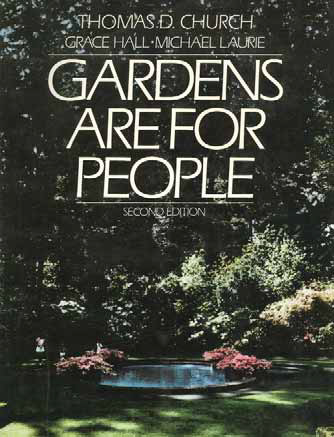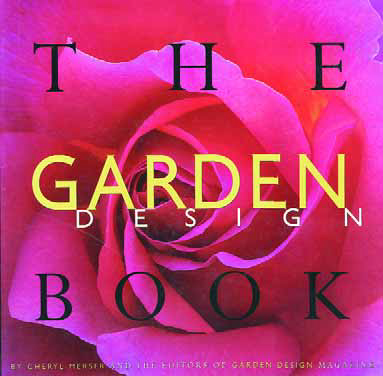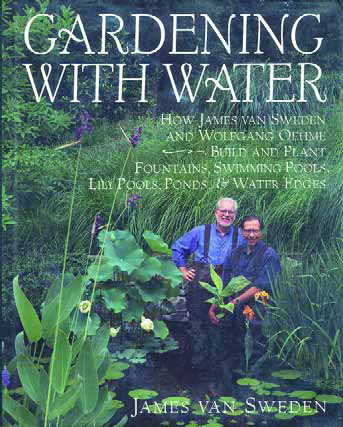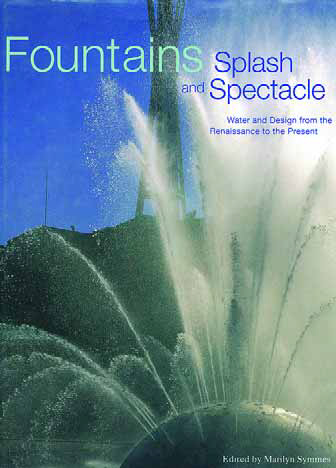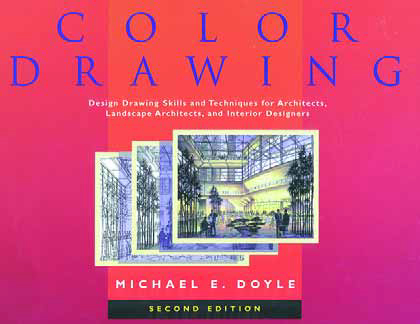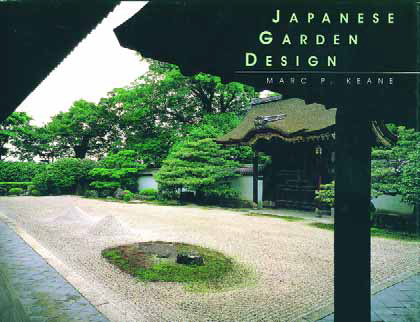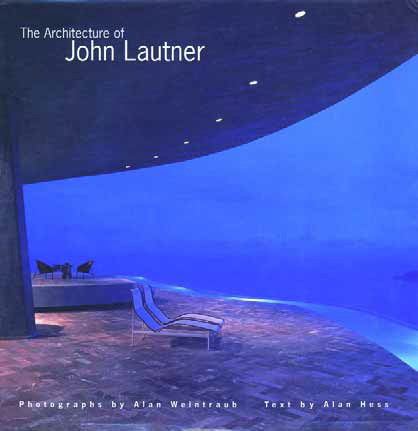Book & Media Reviews
One of the first books about landscape architecture I ever read was Gardens Are for People by Thomas Church, a designer justly famous for changing the way exterior spaces are treated today - especially in the residential environment. This book was first published in 1953, but a second edition (published in 1983 by Reinhold Publishing Corp.) is still widely available in bookstores and on the Internet. The 250-plus-page book traces Church's long career, which started in California in the 1930s and lasted through the late '70s and almost to his death in 1978. His great gift was taking the art of landscape architecture and applying it to the masses. Before him, landscape architecture was
For watershapers looking to grow into broad, integrated exterior designs that extend beyond the water's edge, The Garden Design Book (compiled by Cheryl Merser and the editors of Garden Design magazine) is a great place to start. Published by Harper-Collins in 1997, the book draws on years of articles published in the magazine, a wonderful publication for both amateur and professional gardeners. Throughout the 300+ beautifully illustrated pages, Merser and company offer a huge stock of valuable information for those in quest of complete environments. Merser is not a designer, and one of the things I like most about the book is that she
Without any hesitation at all, I can say that Gardening with Water by James Van Sweden (Random House, 1995) is one of the most influential books on design that I've ever read. It's currently out of print, but it's certainly worth a hunt and can still be found on the Internet and in many technical bookstores. All through its 206 beautifully illustrated pages, Van Sweden carefully details his approach to designing with water - an element he says should be used in some form in every garden design. Along the way, he covers his firm's use of swimming pools (natural and architectural) as well as birdbaths, fountains, small watergardens and large ponds. It's an important book from a tremendously influential designer. In fact,
For anyone designing decorative water, Fountains: Splash and Spectacle is a wonderful and useful resource. This wonderfully illustrated anthology of essays on classic fountains (edited by Marilyn Symmes and published in 1998 by Rizzoli International Publishing, New York) deftly encompasses the range of fountain designs from antiquity to modern day. From the modest Alhambra in Spain to Chicago's dramatic Buckingham Memorial, Symmes and the book's contributors weave together scores of detailed examples illustrated with beautiful photos and, in many cases, supported by sets of plans, drawings and diagrams used in creating some of the world's most beautiful and historic watershapes. Rather than approach fountains in a purely chronological or geographic context, the book is organized into eight chapters covering
Among the most useful and influential books I've read in my career as a landscape architect and watershape designer is Color Drawing by Michael E. Doyle (John Wiley & Sons, 2nd edition, 1999). I went in to landscape architecture mainly because I wanted to learn to do beautiful hand-drawn renderings and presentations. I'd started drafting in 7th grade, always really enjoyed the process and, even though I'm far from a great natural talent, have always seen drawing as a
If you've been looking for a well-written, beautifully illustrated book that cracks the code when it comes to the design principles of Japanese gardening and introduces the full range of styles found in this ancient art form, you can't go wrong with Japanese Garden Design. Written by designer Marc P. Keane (and published by Charles E. Tuttle in 1996 but still in print), the book offers a detailed examination of this most influential of styles. For watershapers, landscape designers and
Looking for inspiration can be like mining for gold. You sift and pan through mountains of muck before unearthing a nugget of real value. And when you do come upon a resource that teaches and inspires you to reach for greater heights of creativity in your designs, the payback is a hundred-fold. Knowing where to look helps, and that's what this new column is all about. The first book I'll discuss is an unexpected treasure of incalculable value. Before I read The Architecture of John Lautner (text by Alan Hess, photographs by Alan Weintraub, published by Rizzoli, New York), I couldn't










